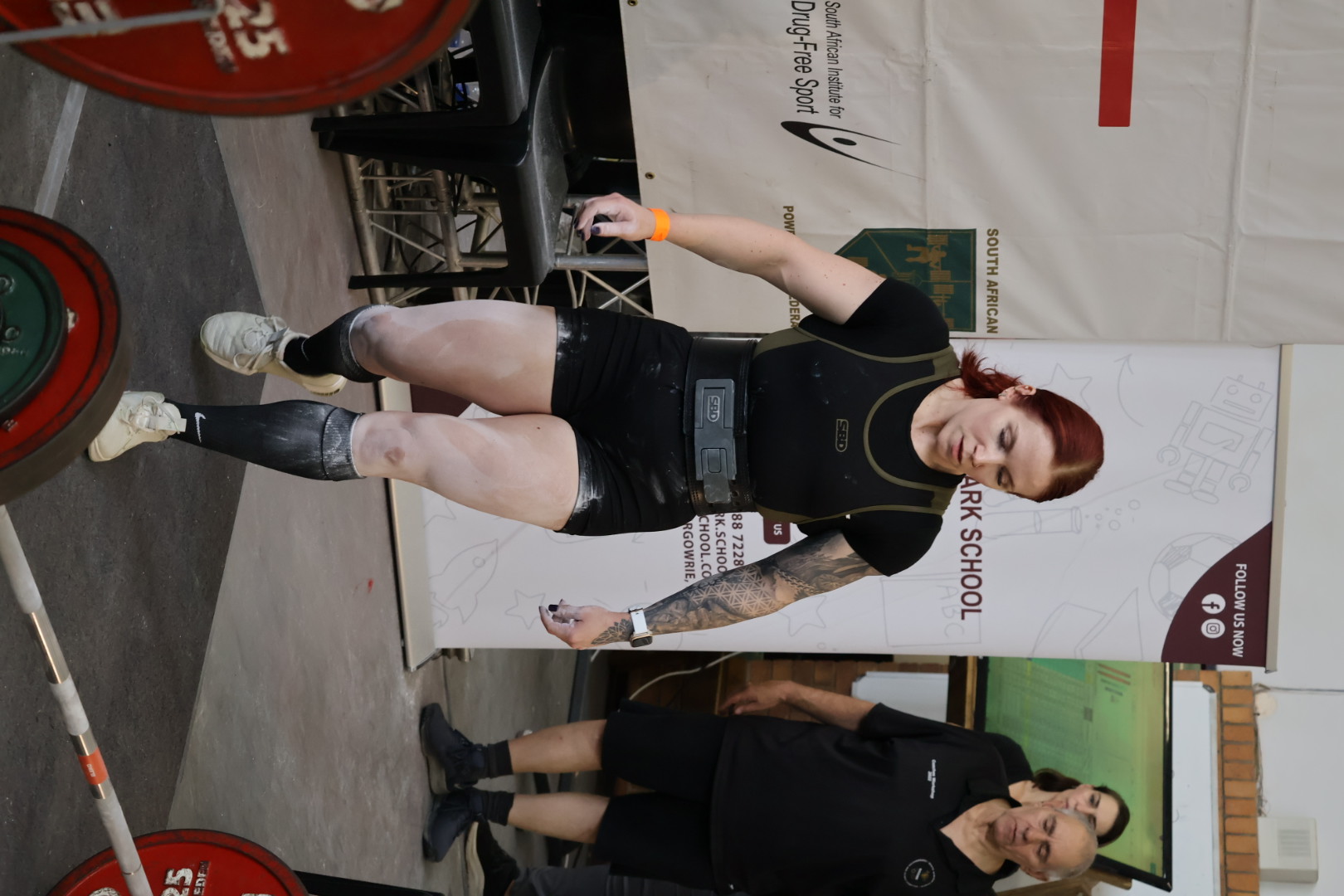Suffering from Burnout? Here’s How Exercise Can Be the Cure, Not the Cause
- Laraleigh Ruzicka

- Mar 26
- 2 min read
Updated: Mar 27

In today’s fast-paced world, burnout isn’t just common — it’s almost expected. Between work deadlines, family responsibilities, social obligations, and digital overwhelm, feeling mentally and physically drained has become the norm. But here’s the truth: while burnout can feel overwhelming, one of the most powerful antidotes is movement. The key is knowing how to use exercise as a tool for recovery — not another source of stress.
Signs You Might Be Experiencing Burnout
Burnout manifests in both body and mind. Some common signs include:
Constant fatigue, even after a full night’s sleep
Loss of motivation and drive
Increased irritability or mood swings
Trouble focusing or feeling mentally foggy
Frequent headaches or muscle tension
Disconnection from activities or people you used to enjoy
If these sound familiar, you’re not alone — but you do have the power to turn things around.
How Exercise Can Help Combat Burnout
Movement is medicine. Done right, regular exercise can:
Boost endorphins, your natural mood elevators
Improve sleep quality
Increase energy and mental clarity
Help manage stress through mindfulness and focus
Build resilience, both mentally and physically
The key is to view exercise as a way to give back to your body — not punish it.
How to Avoid Overtraining (So Exercise Doesn’t Become Another Stressor)
Burnout can happen even to people who exercise regularly, especially if workouts are too intense or recovery is neglected. Here’s how to make sure exercise stays restorative:
Prioritise form and quality over intensity
Take rest days seriously — they’re part of the process
Listen to your body; some days, scaling back is the smartest choice
Balance strength training, cardio, and mobility work
Practical Steps to Build a Burnout-Busting Fitness Routine
Start small. Even a 20-minute workout 3 times a week can make a difference.
Make it enjoyable. Choose movement you like, not what you think you should do.
Schedule it like an important meeting. Consistency is key.
Train with others. Community creates accountability and motivation.
Add variety. Strength, conditioning, mobility, and yoga all play important roles.
The Role of Community and Accountability
At CrossFit 360Vida, we know that support matters. Training alongside others who lift you up (literally and figuratively!) builds more than muscles — it builds mental toughness and positivity.
Nutrition, Sleep, and Hydration: The Burnout-Fighting Trio
Movement is only part of the equation. Combat burnout by:
Eating nourishing, balanced meals to fuel your body and brain
Prioritising sleep (aim for 7-8 hours every night)
Staying hydrated, as even mild dehydration increases fatigue
Conclusion: Start Small, Stay Consistent, and Transform How You Feel
Burnout doesn’t disappear overnight. But by taking small, intentional steps — adding movement, nourishing your body, prioritising rest — you can completely change how you move through life.
Remember: you don’t have to do this alone. We’re here to help.
👉 Book a free trial at CrossFit 360Vida today and start feeling stronger, calmer, and more energised — inside and out.


Incredible info thank you so much Lara! I do suffer from mental and physical fatigue and it's so true working out is my savior on some days!